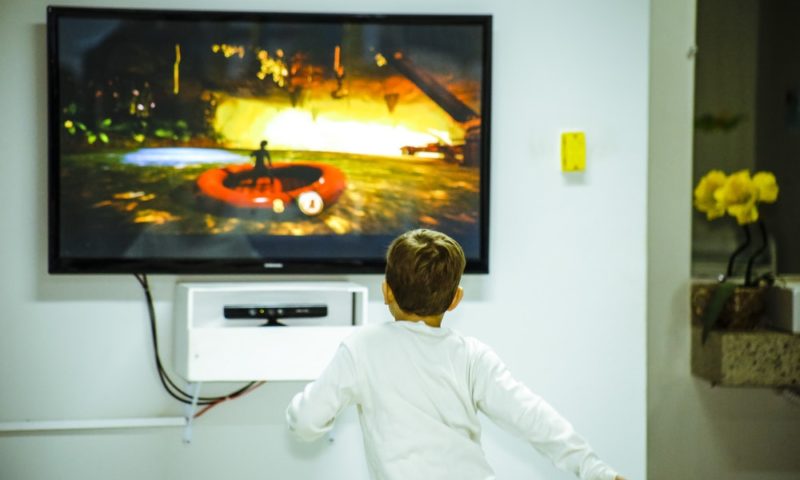Parenting is hard — especially when you have SO little time to yourself and young ones who demand round-the-clock attention and stimulation. You’re not alone if you’ve ever relied on “electronic babysitters” to tend to your child when you’ve got work to do.
Too Much Screen Time?
Televisions built into car seats. iPads with thousands of games. Cellphones! “Electronic babysitters” are truly at our disposal when we want our kids to be distracted.
What’s the big deal? It’s a well-known fact that screen time also increases sedentary time. More often than not, it discourages physical activity and for both children and adults, this could mean poorer health as too much media use has been linked to:
- Poor sleeping habits; difficulty falling and staying asleep
- Increased risk for attention problems
- Anxiety, depression and loss of focus
- Increased risk for overweight or obesity
Not known to many parents are the guidelines set forth by the American Academy of Pediatrics which state that screen use should be limited to one hour per day of high quality programming for children ages 2-5. Yet for many families, screen use far exceeds this amount.
Is it finally time to abide by screen time rules? Do those rules need to be expanded to include no more than one screen at a time? If health, wellness and mindfulness are priorities you want your family to live by, it might be worth re-structuring your digital habits.
Shaping an Active Family
Making the shift from screen time overload to more enriching activities can encourage physical activity that meets standard health guidelines for all ages. Here are some ideas to encourage off-the-couch engagement for the whole family — including outside fun!
Set Limits and Encourage Playtime
Media use should have reasonable limits as offline play can stimulate creativity. Make unplugged time a priority and limit screen use to a preferred number of hours each day/week.
Log Screen Time vs. Active Time
To get a better understanding of your family’s media habits, log a week’s worth of screen time and active time. Then make changes according to your goals and priorities.
Create Tech-free Zones
Remove media-centric distractions from specific rooms of the house or times of day. For example, turn the television off during family mealtimes and social gatherings, or remove televisions from bedrooms to prioritize rest, sleep and independent play.
Don’t Make Screen Time a Crutch
When someone in the family (including you) is stressed, bored or anxious, look to a stimulating activity beyond screen time. Encourage other coping mechanisms such as physical activity, arts and crafts, journaling or time spent exploring outdoors.
Be a Good Role Model
Remember that limiting screen time doesn’t just apply to your children. More often than not, they model their behavior off of you! By prioritizing physical activity and other forms of engagement in your own time, your family is more likely to do this too.
For more information on limiting screen time and promoting activity, please CLICK HERE.






